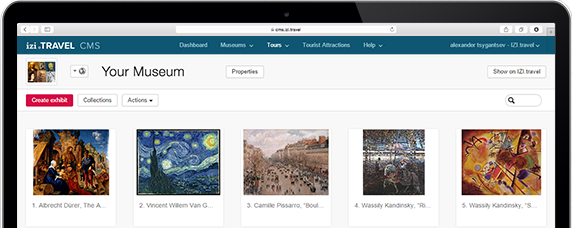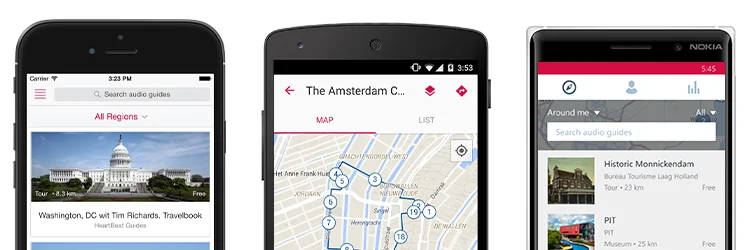Audioguía St. Augustine: Exploring America’s Oldest City
2 sights
- Resumen de audiotour
-
Resumen de audiotour
Update Required To play the media you will need to either update your browser to a recent version or update your Flash plugin.Welcome to St. Augustine! You are standing in the middle of the oldest surviving city that was successively settled by Europeans in the continental United States. The Timucua people inhabited this land long before a single ship arrived from Europe, and there are ample opportunities here to learn about their culture and the impact of the arrival of the Spanish on their way of life. Once Ponce de Leon arrived in 1513, the area saw wave after wave of European settlers arrive by land and sea. While pirates raided the early Spanish fort town of St. Augustine and British colonialists from further north eyed the area for expansion, the Spanish brought many elements of their way of life, their architecture, and their religion to the growing colony. The city changed hands repeatedly in the 18th and 19th centuries, going from Spanish to British and back to Spanish rule before Florida was annexed by the United States in 1821. There are remnants of British and Spanish heritage almost everywhere you look, making St. Augustine one of the most atmospheric and fascinating cities in the US. As if all the history weren't enough, the city also boasts a huge variety of restaurants, bars, and shops all within an easily walkable center.
Licenses:
Photo “St. Augustine, Florida” by Doug Kerr is licensed under (CC BY-SA 2.0)
- 1 Oldest House Museum Complex
- 2 Ximenez-Fatio House Museum
- 3 Lightner Museum
- 4 Flagler College
- 5 Memorial Presbyterian Church
- 6 Saint George Street
- 7 Tolomato Cemetery
- 8 Old City Gates
- 9 St. Augustine Pirate & Treasure Museum
- 10 Castillo de San Marcos
-
Resumen de audiotour
Update Required To play the media you will need to either update your browser to a recent version or update your Flash plugin.Welcome to St. Augustine! You are standing in the middle of the oldest surviving city that was successively settled by Europeans in the continental United States. The Timucua people inhabited this land long before a single ship arrived from Europe, and there are ample opportunities here to learn about their culture and the impact of the arrival of the Spanish on their way of life. Once Ponce de Leon arrived in 1513, the area saw wave after wave of European settlers arrive by land and sea. While pirates raided the early Spanish fort town of St. Augustine and British colonialists from further north eyed the area for expansion, the Spanish brought many elements of their way of life, their architecture, and their religion to the growing colony. The city changed hands repeatedly in the 18th and 19th centuries, going from Spanish to British and back to Spanish rule before Florida was annexed by the United States in 1821. There are remnants of British and Spanish heritage almost everywhere you look, making St. Augustine one of the most atmospheric and fascinating cities in the US. As if all the history weren't enough, the city also boasts a huge variety of restaurants, bars, and shops all within an easily walkable center.
Licenses:
Photo “St. Augustine, Florida” by Doug Kerr is licensed under (CC BY-SA 2.0)
Reseñas
Descargue la app gratuita de izi.TRAVEL
¡Cree sus propias audioguías!
La utilización del sistema y la app de guía para móvil es gratuita


